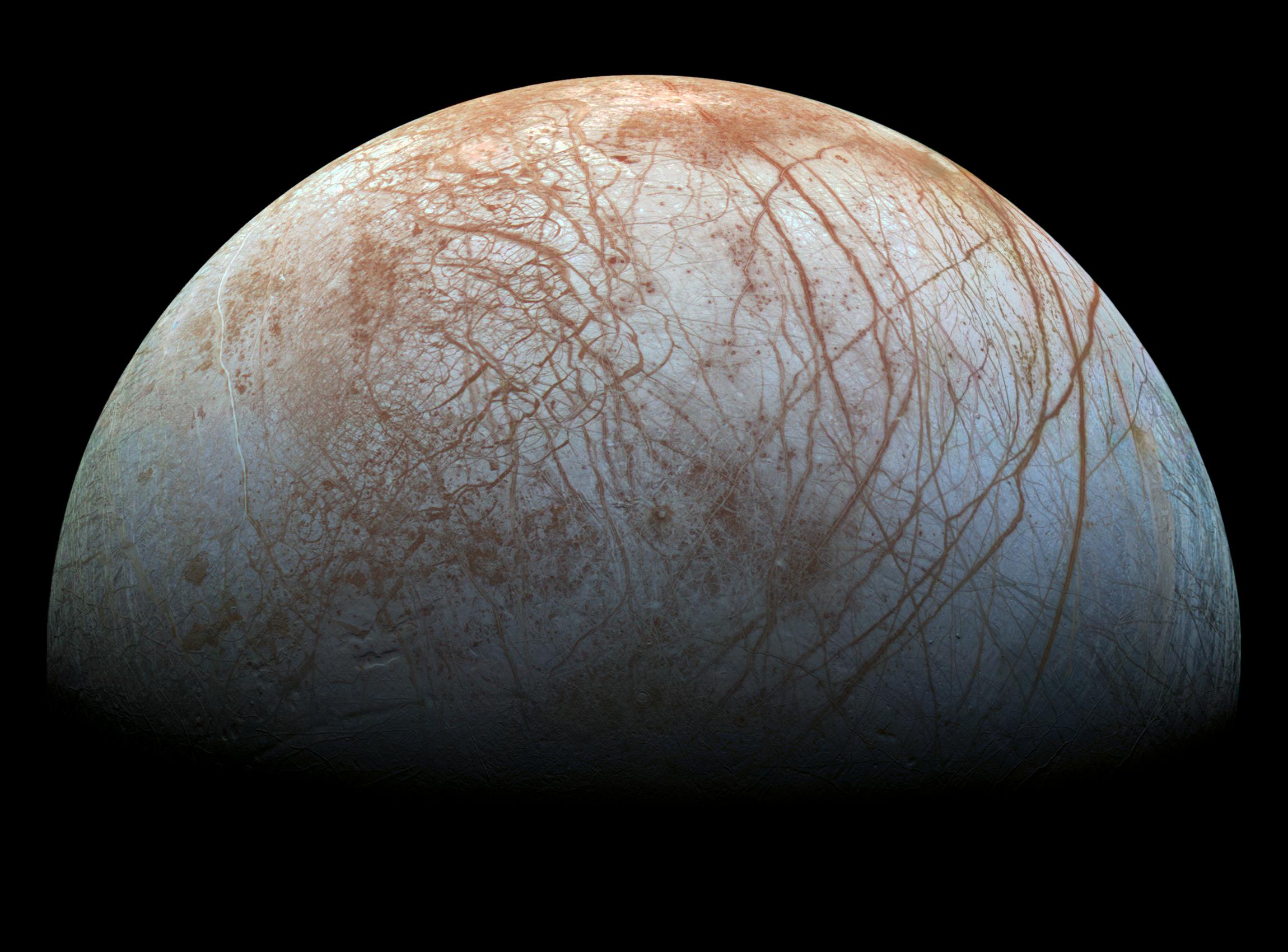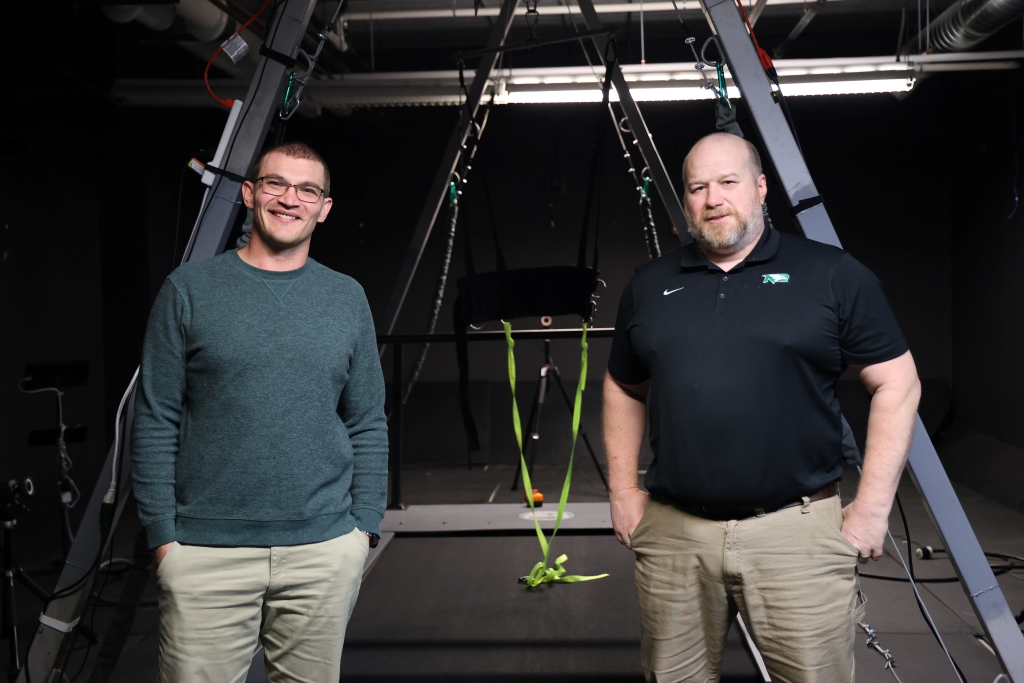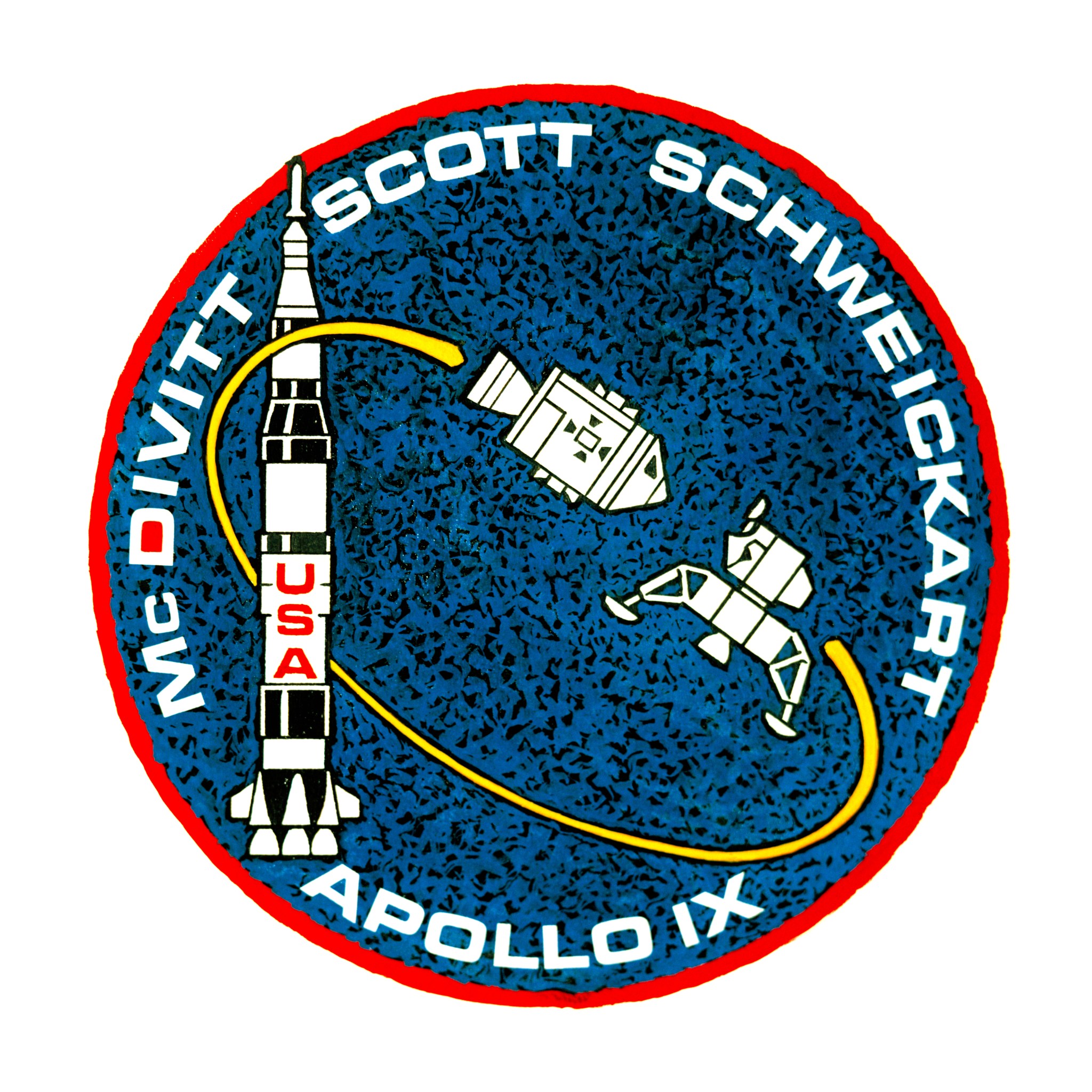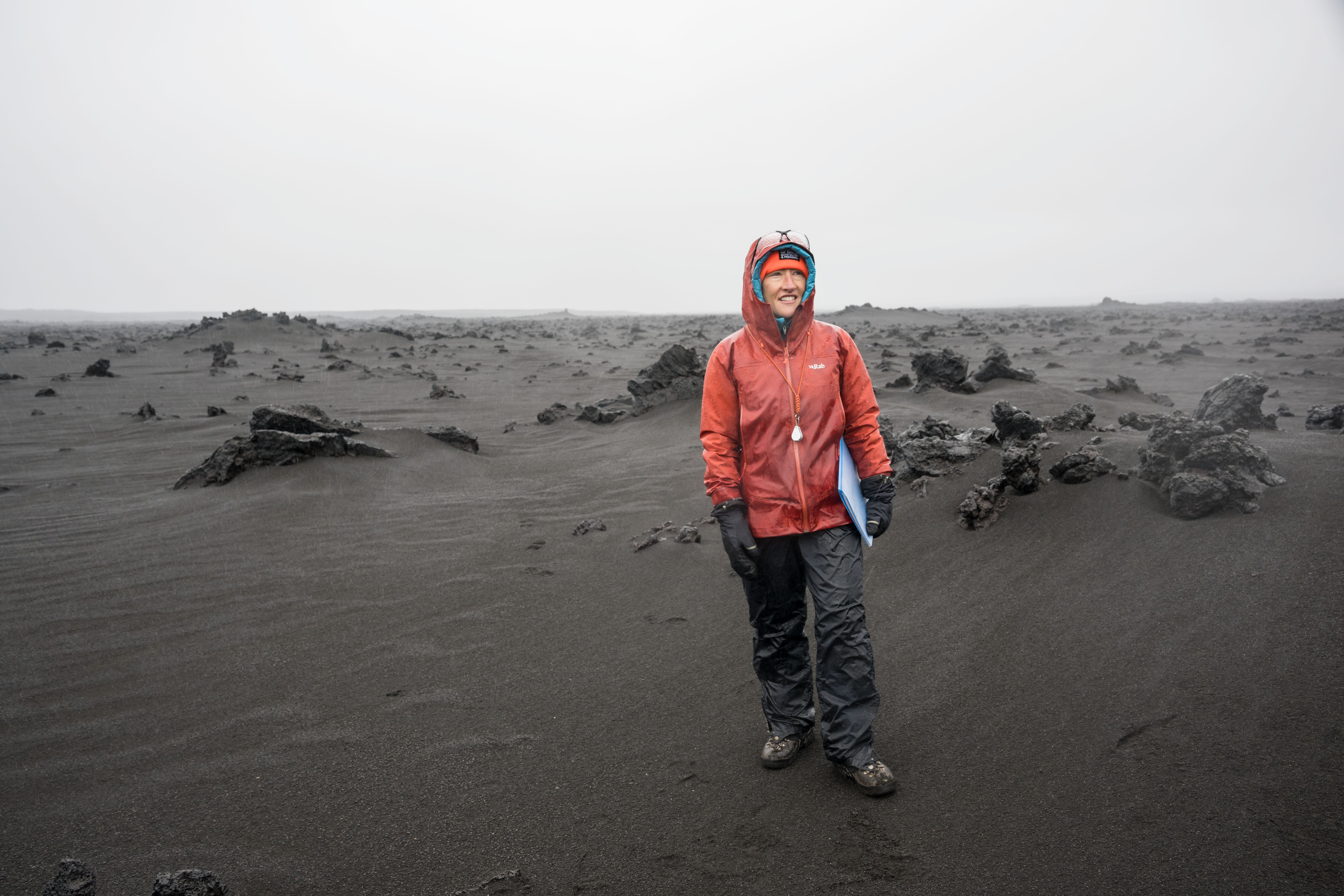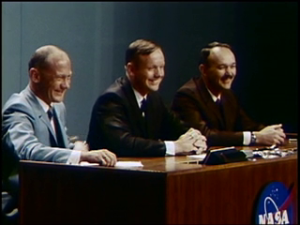“Spider’s First Mission…”
Mission Objective
The primary objective of Apollo 9 was an Earth-orbital engineering test of the first crewed lunar module, or LM. Other prime objectives included an overall checkout of launch vehicle and spacecraft systems, the crew, and procedures. This was done by performing an integrated series of flight tasks with the command module, or CM, the service module, or SM, the joined command and service module, or CSM, the LM and S-IVB stage while they were linked in launch or various docked configurations, and while they were flying independently. The LM was to be tested as a self-sufficient spacecraft, and was also to perform active rendezvous and docking maneuvers paralleling those scheduled for the following Apollo 10 lunar-orbit mission.
The flight plan’s top priority was the CSM and LM rendezvous and docking. This was performed twice – once while the LM was still attached to the S-IVB, and again when the LM was active. Further goals included internal crew transfer from the docked CSM to the LM; special tests of the LM’s support systems; crew procedures; and tests of flight equipment and the extravehicular activity, or EVA, mobility unit. The crew also configured the LM to support a two-hour EVA, and simulated an LM crew rescue, which was the only planned EVA from the LM before an actual lunar landing.
The LM descent and ascent engines fired on orbital change patterns to simulate a lunar-orbit rendezvous and backup abort procedures. The CSM service propulsion system, or SPS, fired five times, including a simulation of an active rendezvous to rescue an LM that had become inactivate.
After separation of the CSM from the SLA in Earth orbit and jettison of the SLA’s LM protective panels, the CSM was to perform a transposition maneuver to dock with the exposed LM. The docked modules were to separate and the spacecraft was to adjust its orbit 2,000 feet away from the S-IVB stage. The S-IVB engine was then to restart twice, placing the stage in an Earth-escape trajectory and into solar orbit. This would simulate a translunar injection of the stage for Apollo 10 and subsequent lunar missions. Other objectives included the multi-spectral photographic experiment for subsequent crewed spacecraft.
All prime mission objectives were met. All major spacecraft systems were successfully demonstrated. The few off-nominal conditions that developed did not affect achievement of the major goals.
Mission Highlights
Apollo 9 launched from Kennedy Space center on March 3, 1969, into a nominal 117 by 119-mile Earth orbit with Commander James McDivitt, Command Module Pilot David Scott and Lunar Module Pilot Russell Schweickart aboard.
On the first day, and after orbit injection of the combined S-IVB stage and its SLA-LM-CSM payload, venting of the S-IVB propellant tanks changed the orbit to 123 by 127 miles. The CSM separated and the SLA panel walls jettisoned, transposing the CSM to 180 degrees toward the LM atop the S-IVB. The CSM docked with the LM in the second orbit. The linked modules ejected from the S-IVB, and the thrust placed the CSM-LM a safe distance away for a 62-second restart of the S-IVB, which raised the apogee to 1,895 miles. To achieve a hyperbolic orbit for the planned escape trajectory, the S-IVB restarted a second time for four minutes, two seconds. It resulted in a less than desired maximum velocity increase and was off nominal by about 11 percent. While this did not affect the Apollo 9 flight, a lunar mission might have been aborted. Before the third S-IVB burn, the CSM SPS fired for five seconds, placing the CSM in an orbit of 125 by 145 miles. The firing improved orbital lifetime, checked the capability of the guidance and navigation system to control the burn, and performed a hard check of the LM’s ability to withstand thrust acceleration and vibration.
The second SPS firing for one minute, five seconds occurred on March 4. It changed Apollo 9’s orbit to 123 by 213 miles and tested the structural dynamics of the docked CSM-LM under loads similar to those of a lunar mission. A third SPS firing the same day for four minutes, 42 seconds, changed the orbit to 126 by 313 miles. The fourth burn, which lasted for 28.2 seconds, was an out-of-plane change.
On Flight Day 3, McDivitt and Schweickart put on spacesuits and transferred to the LM through the tunnel connection to perform a systems checkout. This included a 367-second firing of the LM descent engine to simulate the throttle pattern to be used during a lunar landing mission. McDivitt controlled the final 59 seconds, varying the thrust from 10 to 40 percent and shutting it off manually. This was the first crewed throttling of an engine in space and increased the spacecraft’s orbit to 130 by 300 miles. After nine hours, McDivitt and Schweickart transferred back to the CSM with Scott. Then, the SPS fired for the fifth time as the final shaping maneuver prior to the rendezvous exercises to be performed two days later. The firing placed Apollo 9 into an orbit of 142 by 149 miles.
On Flight Day 4, McDivitt and Schweickart re-entered the LM. Because of nausea, Schweickart’s scheduled two-hour EVA to simulate external transfer rescue techniques was scrubbed and then rescheduled. Instead, he climbed out of the LM porch for a 37.5 minute EVA, testing the EVA mobility unit, including the portable life support system backpack.
On Flight Day 5, with McDivitt and Schweickart again aboard the LM, it separated from Scott’s CSM. The LM descent engine fired once for 24.9 seconds to place the spacecraft into a 137 by 167 mile orbit. If fired again for 24.4 seconds to circularize the orbit about 154 by 160 miles, some 12 miles higher than the CMS. Four hours later, horizontally 113 miles away from the CSM, the LM descent stage jettisoned for a first-time firing in space of the ascent stage engine. It lowered the LM orbit by 11 miles and placed it 75 miles behind and 10 miles below the CSM, leaving it able to commence a rendezvous. Six hours later, the CSM and LM redocked. The LM ascent stage jettisoned and was commanded to fire its engine to fuel depletion.
Although postponed by one revolution on Flight Day 6, a sixth firing of the CSM SPS lowered the orbit to 121 by 138 miles. On the seventh day, the crew performed Earth landmark tracking over the U.S. and the South Atlantic. On the eighth day, a seventh burn of the SPS altered the orbit of Apollo 9 to 113 by 288 miles. No major mission activities were scheduled for the ninth day.
Two telecasts were made to Earth from Apollo 9. The first, on March 5, lasted for almost seven minutes. The second telecast on the following day lasted about 13 minutes, and only showed interior views of the LM. Photographs taken as part of the multi-spectral terrain photographic experiment were successful.
On March 13, the tenth day, re-entry was delayed by one revolution because of heavy seas in the primary recovery area. Six hundred miles into its 152nd revolution, Apollo 9 splashed down at 23.25 degrees north, 68 degrees west. The crew was within three miles and in full view of their recovery ship, the USS Guadalcanal, about 341 miles north of Puerto Rico. The flight totaled 241 hours, 53 seconds – 10 seconds longer than planned. The S-IVB stage reached heliocentric orbit and the LM ascent stage reached a higher orbit. The LM descent stage decayed March 22.
Crew
James A. McDivitt, Commander
Russell L. Schweickart, Lunar Module Pilot
David R. Scott, Command Module Pilot
Backup Crew
Charles Conrad Jr., Commander
Alan L. Bean, Lunar Module Pilot
Richard F. Gordon Jr., Command Module Pilot
Payload
Gumdrop (CSM-104)
Spider (LM-3)
Prelaunch Milestones
5/15/68 – S-II stage ondock at Kennedy
9/30/68 – S-IC stage ondock at Kennedy
9/12/68 – S-IVB ondock at Kennedy
9/30/68 – S-IU ondock at Kennedy
1/3/69 – rollout to pad
2/19/69 – Countdown Demonstration Test
Launch
March 3, 1969; 11:00 a.m. EST
Launch Pad 39A
Saturn-V AS-504
High Bay 3
Mobile Launcher Platform-2
Firing Room 2
Orbit
Altitude: 118.63 miles
Inclination: 32.552 degrees
Orbits: 151 revolutions
Duration: 10 days, one hour, 54 seconds
Distance: 4,214,543 miles
Landing
March 13, 1969; 12:01 p.m. EST, Atlantic Ocean
Recovery Ship: USS Guadalcanal
















